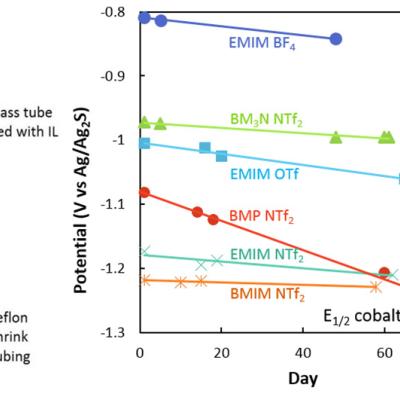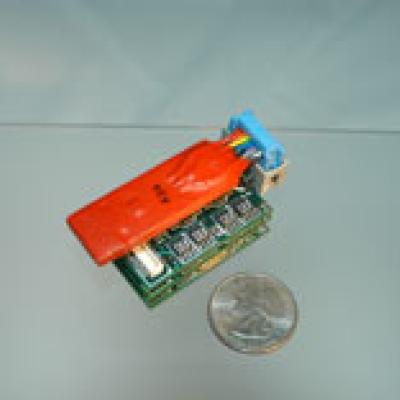LLNL researchers have developed a high average power Faraday rotator that is gas-cooled and uniquely designed to dissipate heat uniformly so that it does not build up in the optical component and affect its performance. The Faraday rotator material is sliced into smaller disks like a loaf of bread so that high speed helium gas can flow between the slices. With this highly efficient cooling…
Keywords
- Show all (72)
- Photoconductive Semiconductor Switches (PCSS) (9)
- Imaging Systems (8)
- Semiconductors (6)
- Compact Space Telescopes (5)
- Laser Materials Processing (5)
- Diode Lasers (4)
- Optical Switches (4)
- Sensors (4)
- Power Electronics (3)
- Precision Optical Finishing (3)
- RF Photonics (3)
- Computing (2)
- Electric Grid (2)
- Optical Sensors (2)
- Particle Accelerators (2)
- Precision Engineering (2)
- Spectrometers (2)
- Additive Manufacturing (1)
- (-) Optical Damage Mitigation (3)
- (-) MEMS Sensors (2)
Technology Portfolios

For this method, a Silicon on Insulator (SOI) wafer is used to tailor etch rates and thickness in initial steps of the process. The simple three step process approach is comprised of grayscale lithography, deep reactive-ion etch (DRIE) and liftoff of the SOI wafer. The liftoff process is used to dissolve the insulating layer, thus separating sections of the wafer as individual silicon…

This invention discloses a method to minimize transient variations in the wavelength- and/or pointing-behavior of an optic, without requiring a reduction in its thermal resistance, optical absorption, or operating irradiance. The invention employs a combination of a time-varying heat source and time-varying thermal resistance and/or heat sink temperature to achieve temperature stability of the…

This invention concerns a new type of optic: a transient gas or plasma volume grating produced indirectly by small secondary lasers or directly by nonlinear processes using the primary beams themselves. When used in conjunction with advantageously placed shielding it offers a means of protecting the final optical components of a high-repetition-rate IFE facility. These transmission optics are…

LLNL has developed a reference electrode that is a great improvement on the widely used silver or platinum wire QRE commonly used in electrochemistry in ionic liquids. This new reference electrode, based on a silver-sulfide coated silver wire, exhibits greatly improved stability over a QRE. The stability of our RE approaches that of the Ag/Ag+ RE, but unlike the Ag/Ag+ RE, the RE reported here…

LLNL has developed a compact and low-power cantilever-based sensor array, which has been used to detect various vapor-phase analytes. For further information on the latest developments, see the article "Sniffing the Air with an Electronic Nose."

